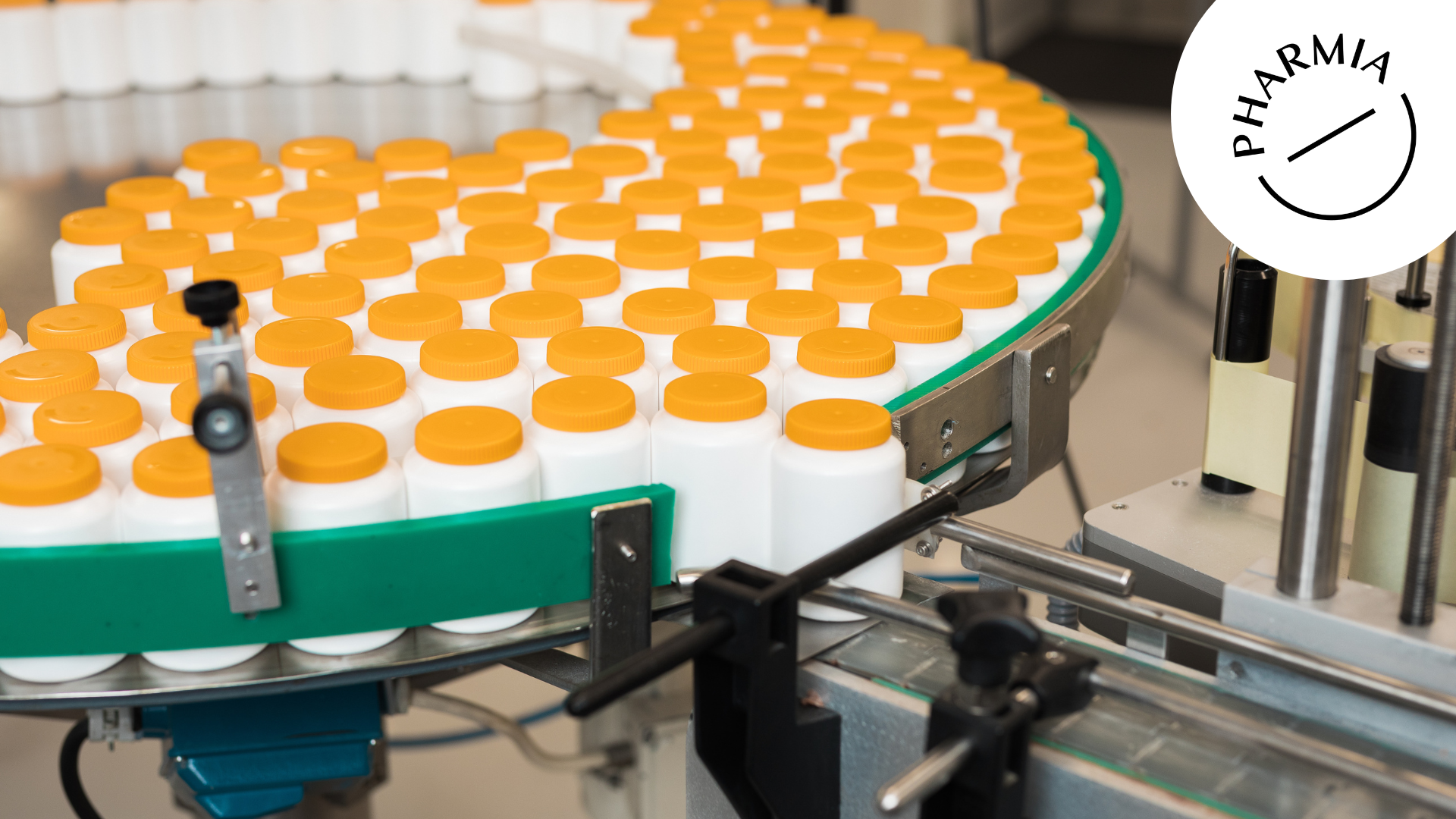Thinking Portfolio’s Project Portfolio, or also known as TEPPO among friends, has been in use at Turku University of Applied Sciences for almost seven years. There’s no shortage of fans for TEPPO, as almost eight hundred university employees have accounts in the system.
Turku UAS has a good level of project management maturity, and the bar for portfolio development has been set high.
“We love this system and portfolio!” says Paula Ailio, head of the university’s project office. On a scale of 1–5, the organization’s project management maturity level is around four.
Project specialist Arina Ventelä explains that the entire staff is accustomed to using the portfolio.
“New employees are trained directly on the tool and that weekly visits are made,” Arina says. TEPPO is in use daily for her.
We love this system and portfolio!
The inputs for development come from both within the organization and from project funders
Turku UAS uses a FLEX agreement that allows flexible small-scale development in the portfolio. And small-scale development is needed because the reporting requirements and needs of funders are constantly changing.
“The portfolio must evolve to remain useful. If TEPPO couldn’t change according to the funders’ wishes, additional Excels and shadow systems might arise,” says Arina.
“The portfolio is already very functional, but our ambition for portfolio development is high,” says Paula. “We’ve put the system to work – there’s a lot of automation in the portfolio.”
Turku UAS also has a tight grip on project internal approval processes and gate decisions.
“Many organizations our size struggle when project applications can be submitted without proper approval or when not everyone is aware of them. Our vice principal doesn’t put their name on anything unless it’s in TEPPO. We have a strict gate process.”
The fact that other universities and universities of applied sciences have wanted to visit Turku UAS to learn about their portfolio usage and development methods speaks to their high level of project management maturity.
TEPPO supports the realization of the strategy and carbon neutrality goals
TEPPO has brought visibility to the strategic connection of projects, says Arina, noting that projects are not implemented if they do not support the strategy. She explains that nowadays, the strategic link must be named already in the ideation phase of each project.
One of Turku University of Applied Sciences’ strategic goals is to achieve carbon neutrality. The sustainability goal has increased requirements for RDI activities and projects.
In projects, it is necessary to define how they support sustainability economically, socially, environmentally, and culturally.
“Sustainability and low carbon emissions have brought a whole new level of requirements. Projects must define how they support sustainability economically, socially, environmentally, and culturally. In addition, specific sustainable development measures related to projects must be identified,” Paula specifies.
Sustainability themes are monitored at the management group level, and reporting is done using designated criteria to the City of Turku, the ministry, and other stakeholders.
Best support ever!
Paula and Arina believe that in the future, they could also introduce other portfolio models.
“Project and Resource Portfolio are so established that I could see us expanding the portfolio side later on. I know there are plenty of options,” says Paula.
However, for now, they plan to slow down the pace of development for a moment, as the beginning of the year has been hectic with TEPPO development.
Thinking Portfolio’s application consultants and support receive praise for their excellent cooperation and development: “Your support works quickly. Best support ever!”
Reporting on the development of Turku University of Applied Sciences’ portfolio management was provided by:

Paula Ailio
Head of PMO
Turku University of Applied Sciences
 Arina Ventelä
Arina Ventelä
Project Advisor
Turku University of Applied Sciences








